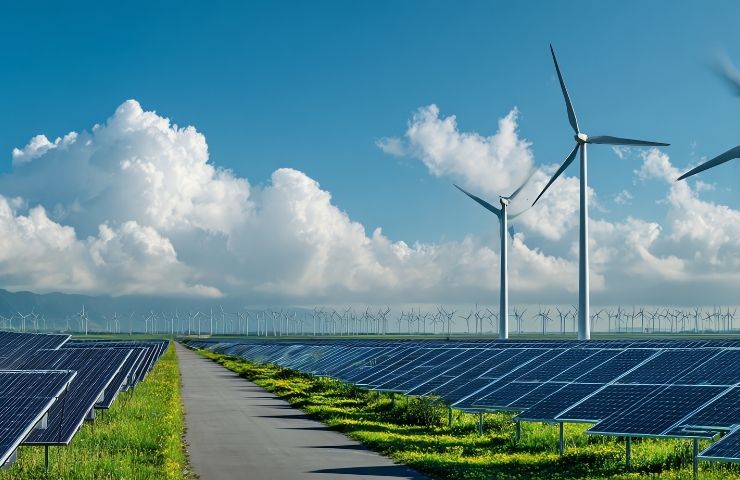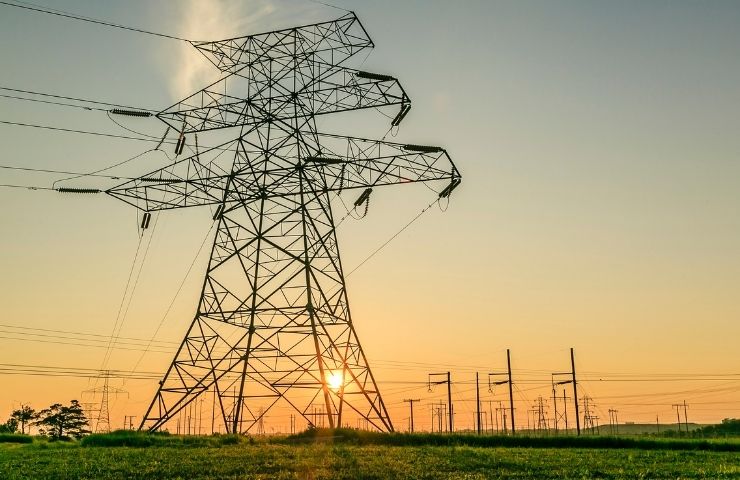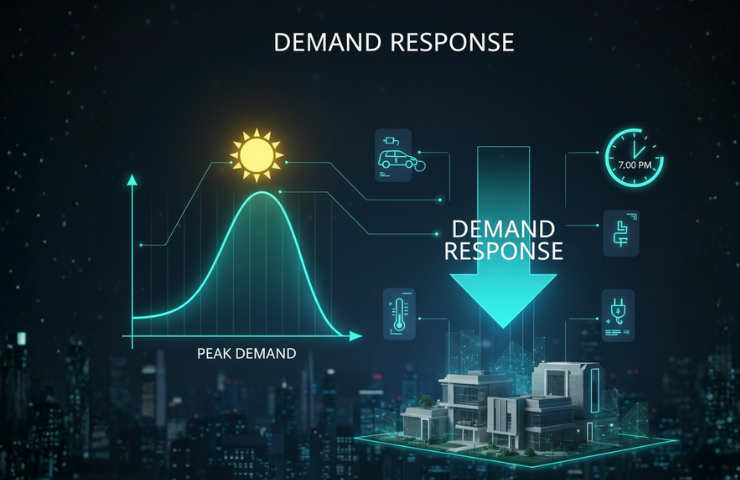Market Opportunity
Unprecedented Energy Demand

Global Energy Market Dynamics
- The grid faces rising peak demand and reliability challenges, creating an urgent opportunity for flexibility, distributed resources, and capacity that must scale.
- There is a 200 TWh shortage of electricity globally today to meet basic electricity demand.
- As the global race for AI accelerates, the demand for compute is set to rise exponentially.
- Data centers are set to consume 947 TWh of energy by 2030.
- Contemporary grids cannot support current energy demand.

Total Addressable Market


TAM is projected to increase by $62 billion by 2030, rising from $13 billion to $75 billion.
Battery Storage with Virtual Power Plants increases the capacity of power plants and reduces intermittency from wind and solar plants by allowing the Grid to store and release energy during peak demand, which reduces the need for Grid operators to constantly ramp up and down. It also allows the plant to generate power during low-priced demand periods when electricity is cheaper and less-constrained, and the stored energy can be used for services like spinning reserves, which are ready-to-deploy electricity to prevent grid outages.
Battery Energy Storage Systems (BESS)
AI and the electric grid need BESS because they address several critical challenges arising from modern electricity grids, renewable energy integration, and AI-driven computing demands.
Balancing Supply and Demand

- Electricity supply must match demand instantaneously.
- Renewables like solar and wind are intermittent—their output fluctuates with sun and wind conditions.
- BESS acts as a buffer, storing excess energy when generation exceeds demand and releasing it when demand exceeds generation.
- This prevents blackouts, stabilizes voltage and frequency, and reduces energy costs.
- BESS can provide grid resilience and ancillary services — enhancing overall grid stability



Peak Shaving and Load Shifting
- Utilities often face peak load periods, which are expensive to serve.
- Batteries can discharge during peaks (peak shaving) and recharge during low-cost, off-peak hours (load shifting).
- This reduces stress on the grid, lowers costs, and allows more renewable energy to be used efficiently.

Grid Resilience and Ancillary Services
- BESS can provide fast frequency response, voltage support, and spinning reserves—all essential for grid stability.

Virtual Power Plants (VPPs)
A VPP is essentially a software-defined power plant. It connects and coordinates thousands (or millions) of small, distributed energy resources so that together they can act as a single, flexible generator or load. The software collects real-time data from DERs, forecasts load, weather, and market prices, optimizes when to charge, discharge, or curtail each device, and dispatches the aggregated fleet to provide services to the grid.



Why do Virtual Power Plants Exist?

The traditional grid model is breaking. Historically, power was generated by a few large, centralized plants (coal, gas, nuclear, hydro). Electricity flowed one way—from power plant → transmission → distribution → customer. The grid operator simply dispatched large units to follow demand. This worked as long as demand patterns were predictable, generation was dispatchable (fossil fuels, hydro, nuclear), and few customers produced their own power.

The Impact Of Virtual Power Plants
Virtual Power Plants solve legacy issues by boosting reliability and stability, creating cost-effective capacity, providing better renewable utilization, and allowing customers to profit through demand energy response—enabling them to trade energy back to the grid at peak pricing while also acquiring and storing capacity at the lowest prices.

